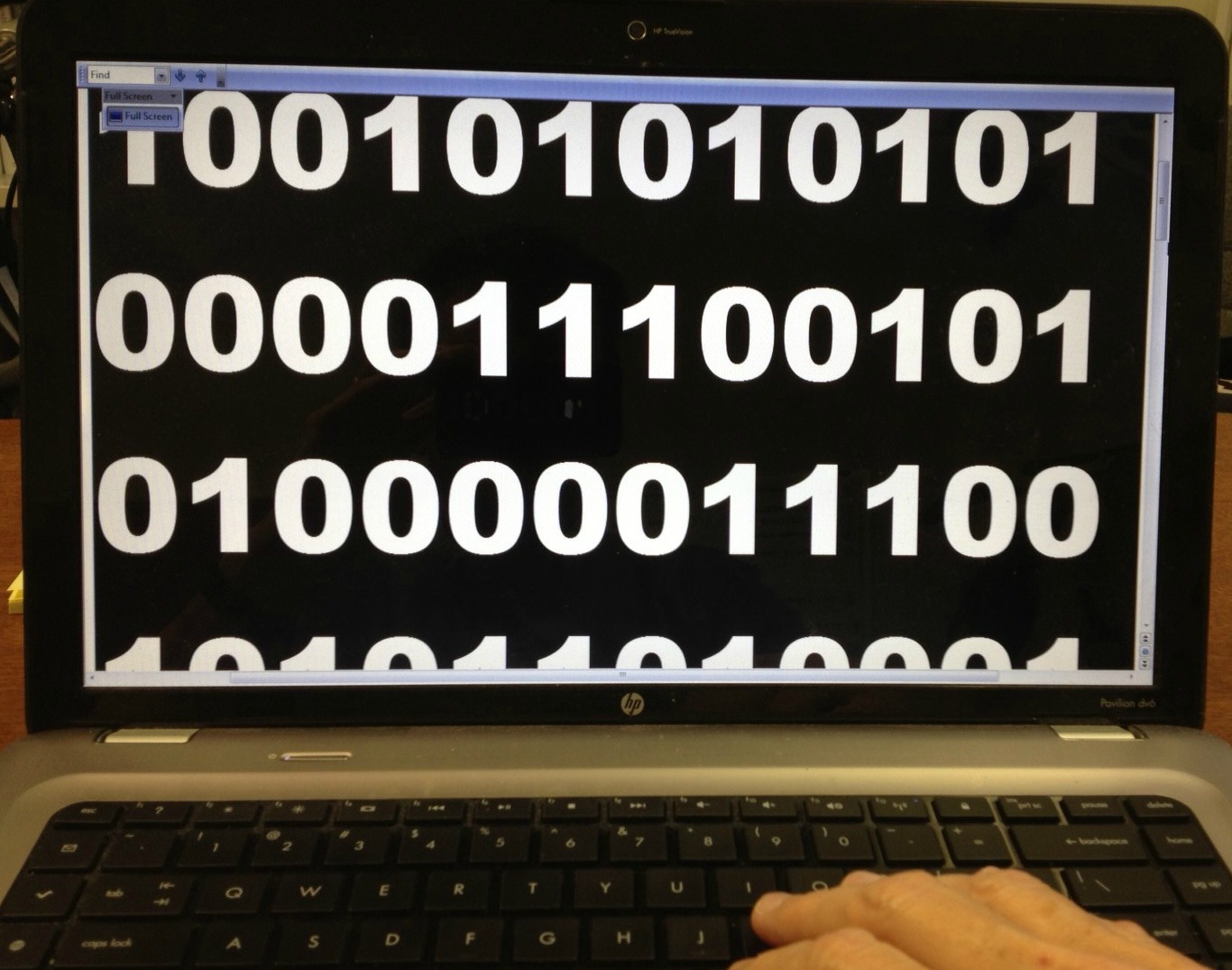Day in the life of a data scientist: investigate, collaborate, innovate

Being a data scientist isn't just about sifting through statistics and data tables. It's about helping to discover new ways to interact with the world, and transact business. It's at the cutting edge of the digital economy.

Enthusiasm about this emerging profession -- also described as data analyst or even "data archeologist" -- comes through in an interview with Erin Shellman of the Nordstrom Innovation Lab. The Q&A, posted at the Dashing3Djs.com site, describes what it's like to be a data scientist at a leading retail innovation center.
Nordstrom Innovation Lab, launched by the department store of the same name, describes itself as "a team of techies, designers, entrepreneurs, statisticians, researches, and artists, all trying to discover the future of retail." Shellman is a data scientist and a specialist in statistical computing at the site.
As a data scientist, Shellman says it is her job to "recommend things." She describes her work as "constructing and delivering data-driven products to the web for the purpose of making the customer experience online as enjoyable as it is in the store." She works with data to enhance the shopping experience.
Shellman describes a typical day at her job:
"I come in, sit down and type symbols into Vim [an open source text editor] all day. I also talk with tons of bright, motivated people all over the company and work on a wide range of data-driven projects. I build recommenders, but I’m a statistician so I also do data analysis. For example, I analyzed the data from the Nordstrom Pinterest Experiment we ran a few weeks ago. The experiment involved tagging products in the physical Nordstrom Store with the Pinterest logo as a kind of social proof for potential buyers."
Shellman describes the lab's innovation process as one that occurs rapidly, with working prototypes developed quickly for immediate feedback. The key to idea creation and implementation? Getting out and collaborating is the key, she says.
Ironically, Shellman's favorite tool for innovation and idea creation is pen and paper. "I like to diagrammatically write out how my product would look from start to finish and that helps me organize my product into discrete, completable units. Of course that map gets re- drawn a lot as the project evolves, so I go through a lot of paper."
This post was originally published on Smartplanet.com